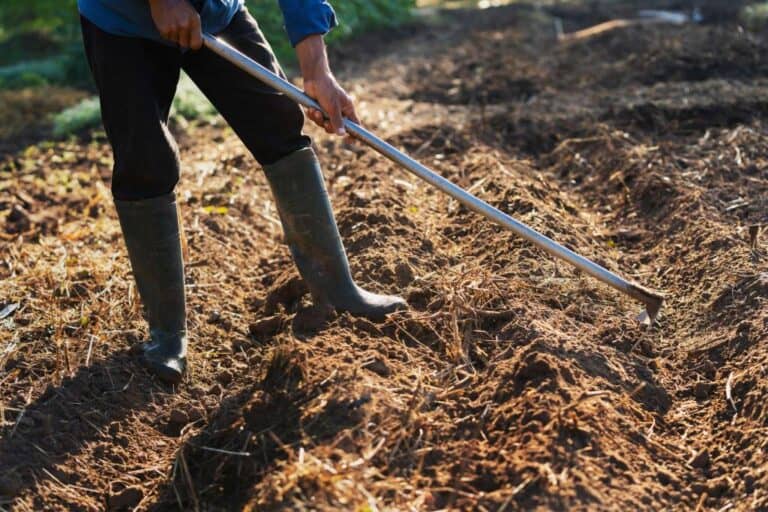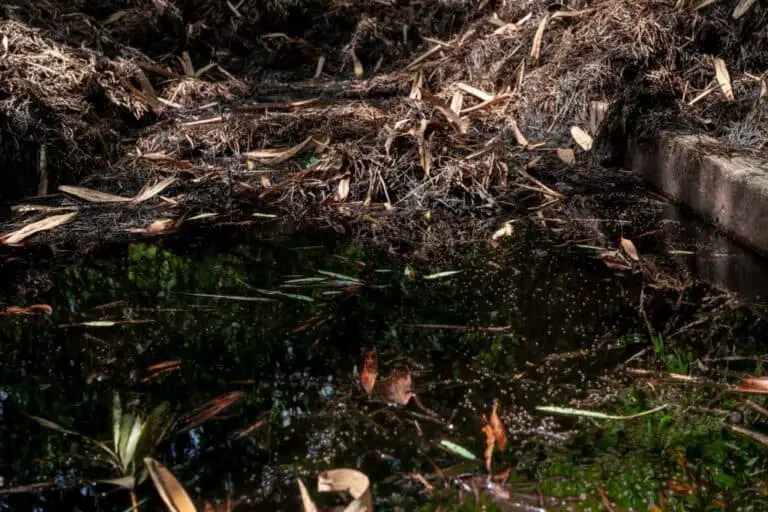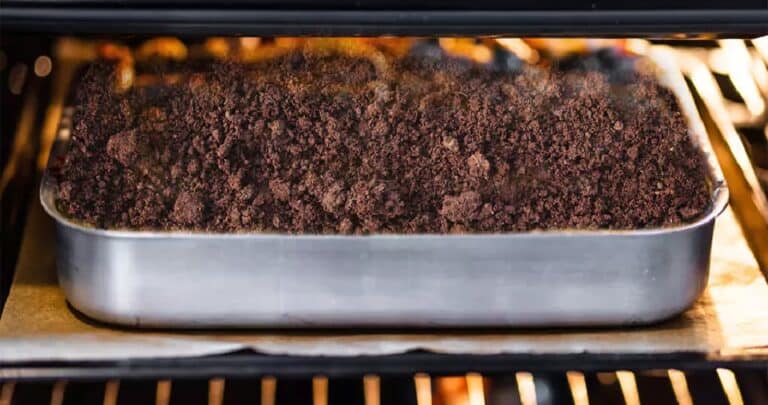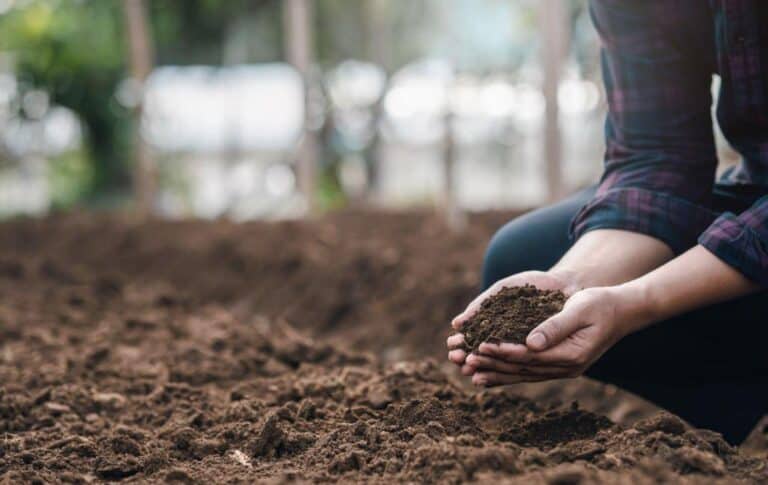Should I Add Compost Before or After Soil Solarization?
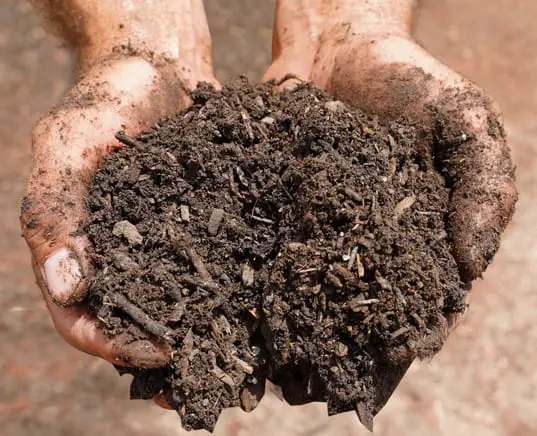
When it comes to nurturing your garden, every green-thumbed enthusiast seeks the most effective techniques to ensure their plants thrive. Amid the plethora of gardening advice, two practices stand out: composting and soil solarization. Both hold the promise of healthier soil and more abundant harvests, but the question lingers: which one should come first?
It is recommended to add compost before soil solarization. Studies have shown that adding organic animal- or plant-based amendments, such as aged animal manure or cover crop residues, before solarizing improves its efficacy
Imagine this: a garden teeming with vibrancy, where fruits and flowers flourish, and pests and diseases cower in defeat. The secret lies in striking the perfect balance between these two eco-friendly powerhouses. In this article, we’ll dive into the world of composting and soil solarization, exploring their unique benefits and understanding how they complement each other.
By the time you finish reading, you’ll be equipped with the knowledge to elevate your gardening game and create a verdant haven you can be proud of. So, let’s embark on this green journey and uncover the answer to the age-old question: should I add compost before or after soil solarization?
Understanding Compost and Soil Solarization
Compost, often referred to as “gardener’s gold,” is a magical elixir that can transform your garden’s health. This nutrient-rich blend of decomposed organic matter is the key to unlocking the full potential of your soil.
When you add compost to your garden beds, it works wonders by improving soil structure and creating a loose and well-draining environment for plants’ roots to explore. No more struggling with compacted soil that stunts growth and limits water penetration!
But that’s not all—compost is a powerhouse for moisture retention too. The organic matter in compost acts like a sponge, holding onto water and slowly releasing it to your plants when they need it most. Say goodbye to constant watering and hello to a water-wise garden that thrives even during dry spells.
Compost is also a paradise for beneficial microbial communities. These tiny superheroes break down nutrients and make them more accessible to your plants, ensuring they get the nourishment they crave. With a healthy soil ecosystem, your plants will flourish, warding off diseases and pests like nature’s own defense system. So, the next time you’re tempted to toss those kitchen scraps away, remember—you’re throwing away gardener’s gold!
Soil Solarization: Harnessing the Sun’s Power

Now, let’s turn our attention to another eco-friendly technique that takes gardening to a new level – soil solarization. Picture this: a “solar oven” for your garden. By covering moist soil with a transparent plastic tarp, you capture the sun’s energy and unleash its power on harmful pathogens, pests, and weeds. Those troublesome invaders don’t stand a chance against the intense heat generated beneath the plastic.
So, what makes soil solarization a game-changer? First and foremost, it’s a natural and non-toxic way to control pests and diseases. There is no need for harmful chemicals that can harm your plants, pets, and the environment. Just good ol’ sunshine doing the heavy lifting!
By using soil solarization, you reduce the need for chemical interventions, making your garden a safer and healthier place for everyone. It also sets the stage for healthy planting, providing a clean canvas for your seeds to grow without being overshadowed by invasive weeds or attacked by lurking pests.
The result? A garden that thrives in harmony with nature – a place where plants and people can enjoy the sunshine together!
Should I Add Compost Before or After Soil Solarization?
When it comes to nurturing your garden, you want to make the best decisions for its health and productivity. One common dilemma among gardeners is whether to add compost before or after soil solarization. Both composting and soil solarization are valuable practices that can improve soil fertility and control pests naturally, but timing matters.
Let’s take a closer look at the benefits of each approach:
Benefits of Incorporating Compost Before Soil Solarization
1. Improving Soil Structure and Fertility:
Adding compost before soil solarization boosts soil structure, allowing better root penetration and water movement. The organic matter in compost acts as a binding agent, creating aggregates that prevent soil compaction. This improved structure enhances nutrient retention and root aeration, setting the foundation for robust plant growth.
2. Enhancing Microbial Activity and Nutrient Availability:
Compost is a microbial haven. Incorporating it before solarization encourages the proliferation of beneficial microorganisms that aid in nutrient breakdown and availability. As the organic matter decomposes, it releases nutrients gradually, ensuring a steady supply for your plants over time.
Benefits of Adding Compost After Soil Solarization
1. Replenishing Soil Nutrients After Heat Treatment:
While soil solarization effectively clears the soil of pests, it can also impact beneficial microorganisms and some nutrients. Adding compost after the juansterilization process reintroduces these essential elements and reinvigorates the soil’s biological activity.
2. Promoting a Balanced Soil Ecosystem Post-Solarization:
After soil solarization, the soil may experience a temporary disruption in its microbial balance. Compost helps reestablish this equilibrium by providing a diverse array of microorganisms. A well-balanced soil ecosystem is more resilient against potential pest and disease issues.
3. Fueling Growth and Nurturing Roots
As compost melds with the soil post-solarization, it’s not just about nutrients and microorganisms. It’s about the very essence of growth. Roots, those silent explorers of the underground, find in compost a hospitable haven. It’s a sanctuary where they can stretch, meander, and seek out nourishment. These roots can easily anchor themselves and take up nutrients thanks to the compost’s enriched soil structure, which serves as a playground for them.
4. Boosting Organic Matter and Ecosystem Resilience
The gift of compost keeps on giving. As it settles into the soil, it brings a gift that keeps your garden’s heart beating: organic matter. This matters, quite literally. Organic matter is like a shield, protecting your plants from nutrient leaching, erosion, and even climate extremes.
It’s an insurance policy, ensuring your garden remains resilient in the face of challenges. Organic matter also fosters biodiversity, welcoming an array of creatures that contribute to your garden’s equilibrium.
The Ideal Sequence: Compost Before Solarization
Now that we have a good understanding of both compost and soil solarization, let’s explore the best sequence for utilizing these practices.
The ideal approach is to add compost before soil solarization. Here’s why:
- Compost improves soil structure, creating a loose, well-draining environment that allows the heat from solarization to penetrate deeper into the soil. This ensures that pests and diseases lurking in the soil are effectively exposed to the heat.
- By adding compost first, you provide essential nutrients to the soil. During solarization, the heat helps break down the compost further, releasing even more nutrients for your plants.
- Compost fosters beneficial microbial activity in the soil. While solarization may reduce harmful organisms, it can also affect beneficial microorganisms. Having compost in the soil before solarization helps maintain a healthier microbial balance.
- The organic matter from the compost enhances the soil’s water retention capacity. During the solarization process, this means the moisture stays in the soil for a more extended period, enhancing the overall effectiveness of the technique.
- When you plant in soil enriched with compost that has been solarized, you are setting the stage for healthy and vigorous plant growth. The soil will be teeming with nutrients and free from many pests and diseases, providing an optimal environment for your plants to thrive.
However, it is important to ensure that the soil is moist to a depth of 12 inches before starting the solarization process. Once the plastic is in place, it should not be removed to re-moisten the soil, so make sure it is sufficiently moist but not muddy when starting. After the solarization process is complete, the soil will have gained additional nutrients, so fertilizer can wait until midway through the season.
Procedure for Adding Compost Before Soil Solarization
1. Steps to Prepare the Soil:
- Clear the area of debris, weeds, and rocks.
- Loosen the soil to a depth of 6–8 inches to create a suitable seedbed.
- Water the soil thoroughly to ensure it’s evenly moist.
2. Tips for Proper Layering and Mixing of Compost:
- Spread a layer of compost (about 2–3 inches) evenly over the prepared soil.
- Gently mix the compost with the soil using a rake or tiller.
- Aim for a consistent blend to maximize nutrient distribution.
Related: Can Compost Be Used as Mulch?
Can I Use Mature Compost for Soil Solarization?
Absolutely! Mature compost is an excellent choice for soil solarization. As compost undergoes full decomposition, it transforms into a stable, nutrient-rich powerhouse that can work wonders for your garden. When you use mature compost for soil solarization, you’re setting the stage for an even more fertile and productive soil environment.
One of the key benefits of using mature compost for soil solarization is its ability to enhance the soil’s fertility. As the compost breaks down, it releases a plethora of essential nutrients like nitrogen, phosphorus, and potassium. These nutrients act as a natural fertilizer, providing the nourishment your plants need to grow strong and healthy.
Moreover, mature compost contributes to the overall health of your garden’s soil ecosystem. It fosters the growth of beneficial microbes that play a crucial role in nutrient cycling and supporting plant health. These tiny allies work tirelessly beneath the surface, breaking down organic matter and making nutrients more accessible to your plants.
Conclusion
In conclusion, both compost and soil solarization are valuable techniques that can significantly improve your garden’s health. However, the best approach is to add compost before soil solarization. This sequence optimizes soil structure, maximizes nutrient availability, fosters beneficial microbial activity, and enhances water retention capabilities.
Experimenting with different timing strategies, such as adding compost before or after soil solarization, allows you to fine-tune your gardening techniques. Each approach offers unique advantages. Adding compost before solarization can enrich the soil with organic matter, setting the stage for increased microbial activity and nutrient availability. On the other hand, incorporating compost after solarization can capitalize on the sterile environment created by the process, enhancing the compost’s impact on soil structure and nutrient retention.
To maximize the benefits of both compost and soil solarization, consider these tips:
- Balanced Approach: Incorporate compost that is well-aged and free from potential contaminants to support healthy plant growth.
- Timing Considerations: If you choose to add compost before solarization, ensure it’s well-mixed into the soil for optimal effectiveness. When adding compost after solarization, allow the soil to cool before application.
- Soil Testing: Regularly assess the nutrient levels in your soil to determine whether additional amendments are needed to maintain a balanced nutrient profile.
- Observation and Adaptation: Monitor your plants’ response to the combined techniques and adjust your approach based on their performance and overall soil health.
Incorporating compost and soil solarization together offers a comprehensive strategy for soil enrichment. The marriage of these techniques yields the potential for thriving plants and increased soil fertility, showcasing the remarkable synergy that can be achieved when science and natural practices converge in the world of gardening.
FAQs on Best Practices for Using Compost in Conjunction With Soil Solarization
Should compost be mixed with soil before solarization?
Yes, mixing compost with soil before solarization is recommended. Compost improves soil structure and nutrient content, making it more effective in trapping heat during solarization. This ensures that pests and diseases are exposed to higher temperatures, enhancing the overall success of the process.
Does composting before solarization affect weed control?
Composting before solarization can improve weed control. When compost is mixed into the soil, it suppresses weed growth by creating a nutrient-rich environment for desired plants to thrive. Combined with solarization, this approach helps reduce weed infestations and provides a weed-free canvas for planting.
What is the recommended compost-to-soil ratio for solarization?
Aim for a compost-to-soil ratio of 1:4 or 1:5 for optimal results during solarization. This proportion ensures a sufficient nutrient supply for plants while maintaining an ideal balance for effective heat trapping and pest control.
How long should I wait after solarization to add compost?
After solarization, wait until the soil has cooled down before adding compost. This typically takes a few days. Adding compost too soon could expose beneficial microorganisms to the residual heat, potentially harming them.
Can I use soil solarization as a standalone method without compost?
Yes, soil solarization can be used as a standalone method for pest and weed control. However, incorporating compost before or after the process provides additional benefits like improved soil structure, increased nutrient content, and enhanced water retention.
How does compost contribute to soil health and plant growth?
Compost enhances soil health by improving its structure, boosting nutrient availability, and encouraging beneficial microbial activity. These factors foster healthy plant growth, leading to stronger, more resilient plants with higher yields.
Are there any risks of adding compost before or after solarization?
There are minimal risks in adding compost before or after solarization. However, it’s essential to ensure the compost is well-rotted to avoid potential nitrogen depletion during the decomposition process. Additionally, wait for the soil to cool after solarization before adding compost to protect beneficial soil organisms.
Can soil solarization with compost replace chemical pesticide use effectively?
Combining soil solarization with compost can significantly reduce the need for chemical pesticides. By controlling pests, diseases, and weeds naturally, this eco-friendly approach offers a safer and more sustainable alternative to chemical treatments.
Is there a risk of nutrient loss during solarization?
Soil solarization may lead to some nutrient loss, which can be mitigated by incorporating compost to replenish the soil.

